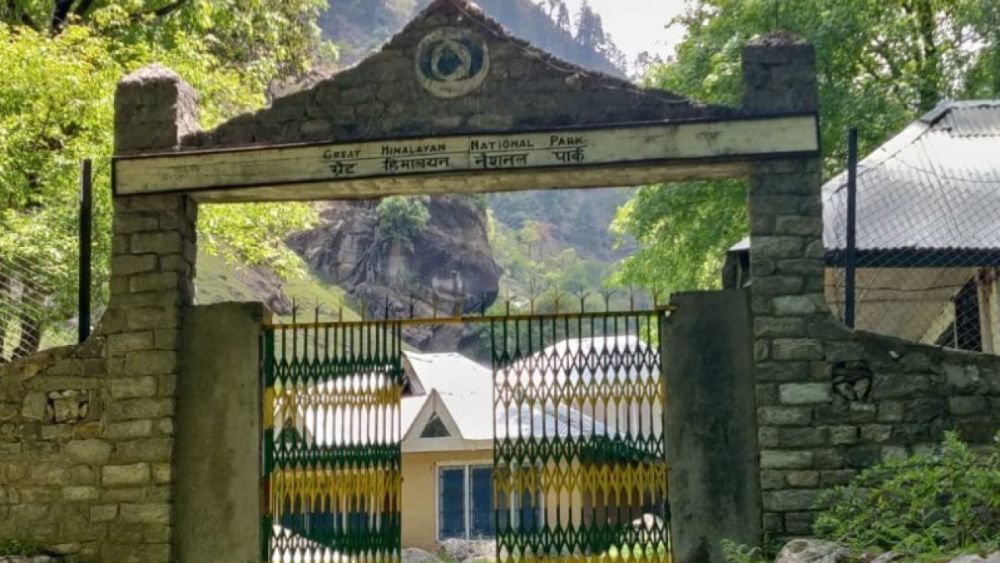

The Great Himalayan National Park (GHNP), located in the Kullu region of Himachal Pradesh, India, is a nature enthusiast's dream destination. The park was formally declared as a national park in 1984 and covers an area of 1,171 square kilometers. It is a UNESCO World Heritage Site renowned for its biodiversity and endemic species.
Since its inception, the Great Himalayan National Park has been an attraction for trekkers, nature lovers, and wildlife enthusiasts. However, the area was not always easily accessible, and tourism was minimal. Over the years, infrastructure development, including better roads, trekking paths, and accommodations, have made the park more accessible, subsequently increasing the number of visitors.
Major milestones in the promotion of GHNP as a tourist destination include:
Community-based Ecotourism: One of the latest trends is the focus on community-based ecotourism which allows visitors to engage with local communities and learn about their culture while supporting the local economy.
Adventure Tourism: GHNP is a hotspot for trekkers and adventure enthusiasts. Adventures like river crossing, rock climbing, and rappelling are becoming popular.
Wildlife Safaris: The park is home to numerous species of flora and fauna, and wildlife safaris are organized to observe animals like the snow leopard, Himalayan brown bear, and blue sheep.
Photography Workshops: Photography aficionados are drawn to the park for its stunning landscapes and biodiversity. Workshops and photography tours are increasingly popular here.
Bird Watching: The Great Himalayan National Park is also a haven for bird watchers, with over 300 bird species recorded. It is now a prime destination for ornithologists and birding enthusiasts.
Yoga and Wellness Retreats: With the growing popularity of wellness tourism, retreats that offer yoga and meditation in the serene environment of Tirthan Valley have seen a rise in demand.